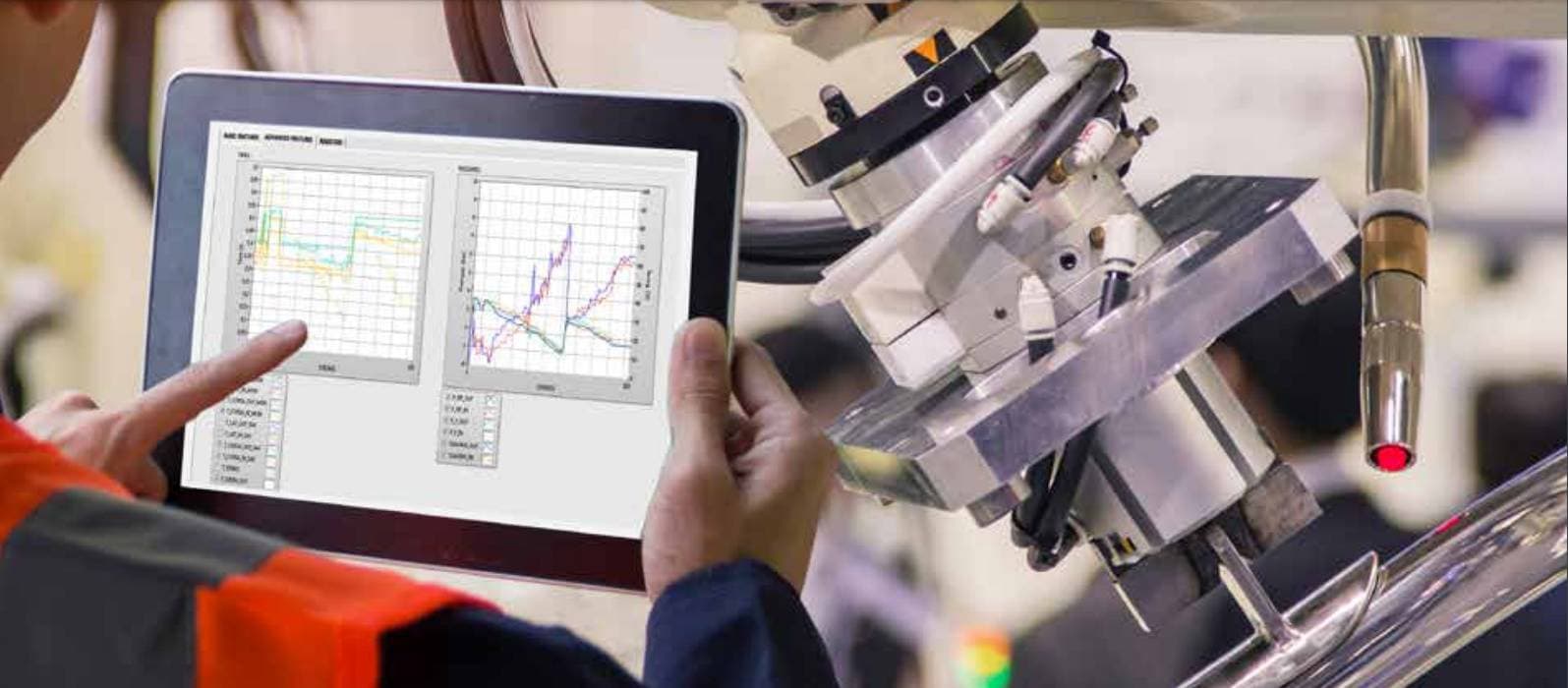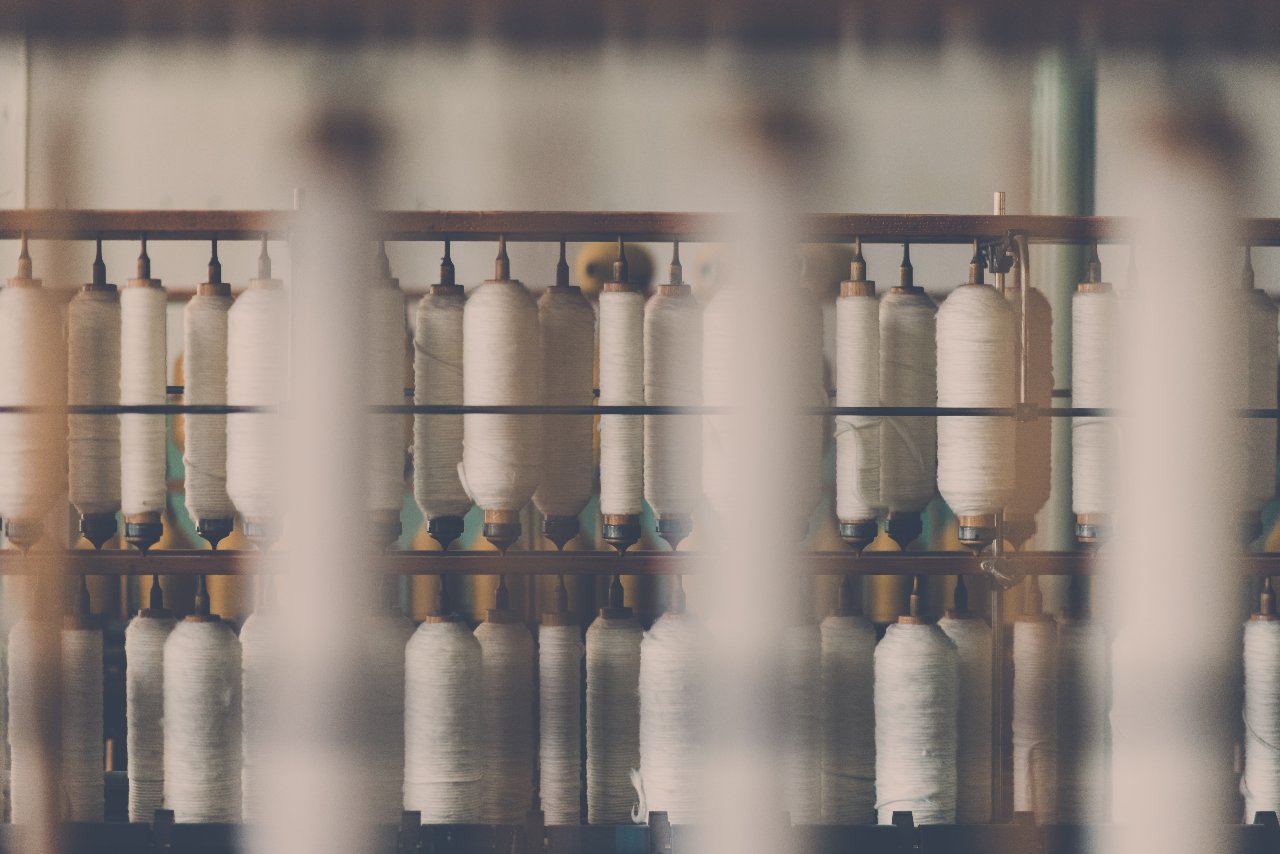Find out why choosing only on the basis of the price and the size is not a good idea.
Revealed the 7 parameters from Nerd, which will allow you to make a perfect choice and satisfy even demanding customers.
Once upon a time, there was Mario, who used the resistant, long and piercing spike to hang ever heavier paintings in his living room.
That kind of piercing spike would never disappoint him.
One day, talking to his neighbour, Mario boasted how efficient that type of piercing spike was and suggested he buy a box.
But when the neighbour began to pierce the wall, he realized that it was crumbling, and the nail could not even hold the calendar.
Have you already understood why?
The conditions had changed:
* The neighbour’s wall did not have the same characteristic as Mario’s.
* The neighbour used a very different hammer.
Beyond all, did you understand why this simple little story could save you an avalanche of problems in the company?
How often do we ignore the surrounding scenery even in our daily life?
Aluminium is perfect for heating food in the oven, but if we put it in the microwave, we would burn the kitchen.
The same applies when we talk about pneumatic cylinders.
It is of primary importance to consider all aspects, especially environmental ones, in order to guarantee maximum performance and reduce the costs of a possible production block.
Here are the 7 parameters that will help you to choose the perfect cylinder to improve your company’s production, even if you are not an engineer:
1. Working temperature
In a standard working situation, the operating temperatures of a cylinder must be between -20 ° C and +80 ° C.
But this is not always the rule, there are also other environmental factors that go beyond these parameters.
Extreme conditions can be managed with specific lubricants and special gaskets that allow to utilize a cylinder even at the temperature range of + 150 C ° or -40 C ° in particularly cold environments (such as food or pharmaceutical) and even beyond with special solutions.
However, it is always necessary to carefully consider what the operating temperatures will be and to distinguish between dry and wet environments. The presence of strong humidity, for example in the form of steam, considerably reduces the resistance of the gaskets to high temperatures, but it is possible, in this case, to select gaskets specifically designed for such conditions.
2. Corrosive environments
In a dry environment, such as in an industrial warehouse, we are aware that materials such as aluminium and steel are enough to guarantee reliability and good performance.
The situation changes, however, when the environment is at risk of corrosion. In this condition, the cylinder surface must be protected, and the stem must be made of stainless steel.
More or less aggressive environments, for example, due to the presence of chemical substances or particular electrophysical conditions, clearly require in-depth evaluations in particular on the materials to be used.
3. Aggressive or frequent washing processes
These processes become quite relevant into specific productional environments sectors such as food and pharmaceutical.
In these cases, for example, cylinders compatible with specific certifications are used in accordance with the various national and international legislations to avoid dangerous contaminations.
For obvious reasons, it is essential to perform periodic particularly aggressive washes. These, if on the one hand are necessary to guarantee the maximum hygiene of the products we eat and drink, on the other hand, they become the number one enemies of cylinder seals.
Therefore, adequate technical solutions must be selected starting from the stainless-steel construction for all external components, gaskets specifically resistant to acid and basic solutions even at temperatures up to 60-80 ° C, clean design to limit deposits of any kind of material as much as possible.
4. Sediments
Contact materials such as: sugars, resins, asphalts and generally adhesive or encrusting substances, can lead to the rapid deterioration of the stem seal.
A solution could be to install a hard plastic or metal rod instead of the traditional one in polyurethane or rubber, to remove any residues from the stem and avoid problems inside the cylinder.
5. Vibrations
Depending on the production cycles, speed, pressure and weight, slightly sustained vibrations can occur causing an operational strain of the cylinder components, severely limiting its duration.
In these extreme conditions, some cylinder models are more suitable, and it becomes essential to select those with high resistance to loads and movements, not necessarily axial, as well as having dissipating components.
7. Finally: Correct and periodic maintenance
Air is the most abundant and safe element for handling and in a well-designed and maintained system it can be controlled and regulated to maximize results while also reducing consumption.
However, if neglected or subjected to poor maintenance, pneumatic cylinders can become inefficient due to leaks and breakdowns, risking also to cause costly production blocks with consequent unforeseen waiting times.
Understanding how to prevent these damaging case histories, including factors that affect system performance, is essential to minimize the impact of unplanned maintenance.
To conclude
These are just some of the situations that must be considered when buying a pneumatic cylinder.
If you still have doubts or if you need information about your environment (whether particular or not), do not hesitate to contact our engineers, who will guide you in the best choice.
Long-life for the cylinder!
Are you ready to discover how to improve the performance of your machines by up to 25%?
We offer you free advice without obligation to evaluate the custom cylinder best suited to your needs
* to maximize the life of your pneumatic cylinders,
* reduce the maintenance of your machinery,
* design energy-saving machines,
in short, TO MAKE YOUR CUSTOMERS constantly SATISFIED WITH YOU, to see them return to buy repeatedly, especially if they are particularly demanding.
BOOK YOUR FREE ADVICE HERE NOW!





